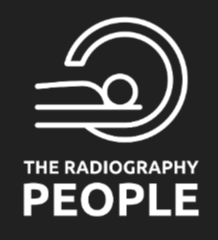Elbow X-Ray Radiography: Anatomy, Positioning and Trauma Interpretation
Write your awesome label here.
Learning Objectives
Identify and label key anatomical structures of the elbow on standard radiographic views to support accurate diagnosis and reduce interpretation errors in clinical practice.
Apply correct patient positioning techniques, including modified trauma projections, to obtain diagnostic-quality elbow radiographs that minimise the risk of repeat imaging and improve patient safety.
Evaluate elbow radiographs using key radiographic lines (e.g., anterior humeral line, radiocapitellar line) and fat pad signs to detect subtle injuries, particularly in paediatric or occult trauma cases.
Differentiate between common and complex elbow injuries including fractures, dislocations, and fracture-dislocations on X-ray to ensure timely escalation and appropriate clinical management.
Reflect on the role of artificial intelligence in paediatric elbow imaging by summarising recent research findings, allowing informed, evidence-based discussion on AI’s use as a clinical support tool.


